Flow meter calibration ensures measurement accuracy over time. Many plant operators wonder about the proper calibration procedures for their electromagnetic flow meters.
Electromagnetic flow meters are calibrated by comparing their readings against a master meter or volumetric standard while flowing known quantities of liquid, typically achieving ±0.5% accuracy when properly calibrated under controlled conditions.
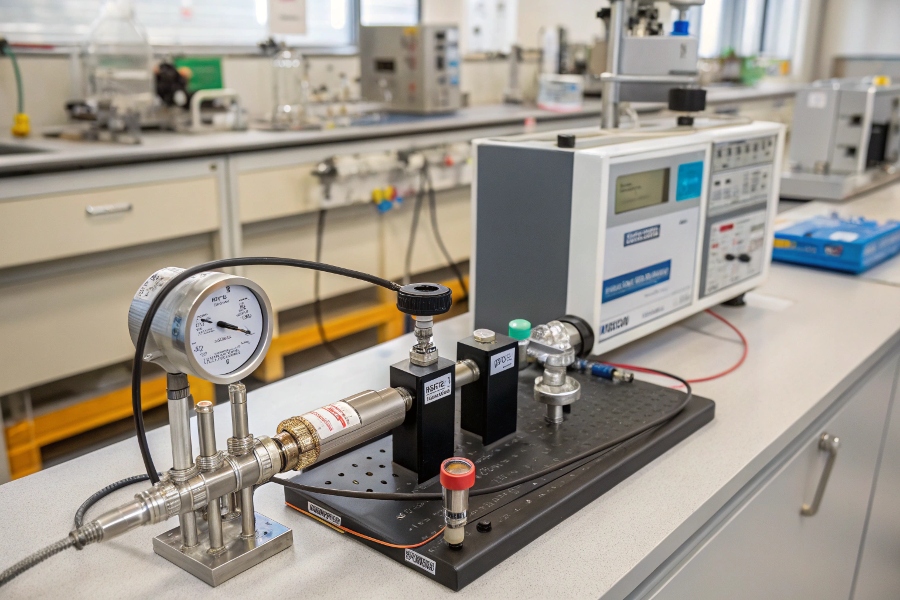
Electromagnetic Flow Meter Calibration
Through hundreds of calibration procedures, we’ve identified these best practices.
Can a Flow Meter Be Calibrated?
All flow meters require calibration.
Electromagnetic flow meters can be calibrated both in workshops (removed from pipeline) and in-situ (on-site), with in-situ calibration preferred when possible since it accounts for actual installation conditions and fluid properties.
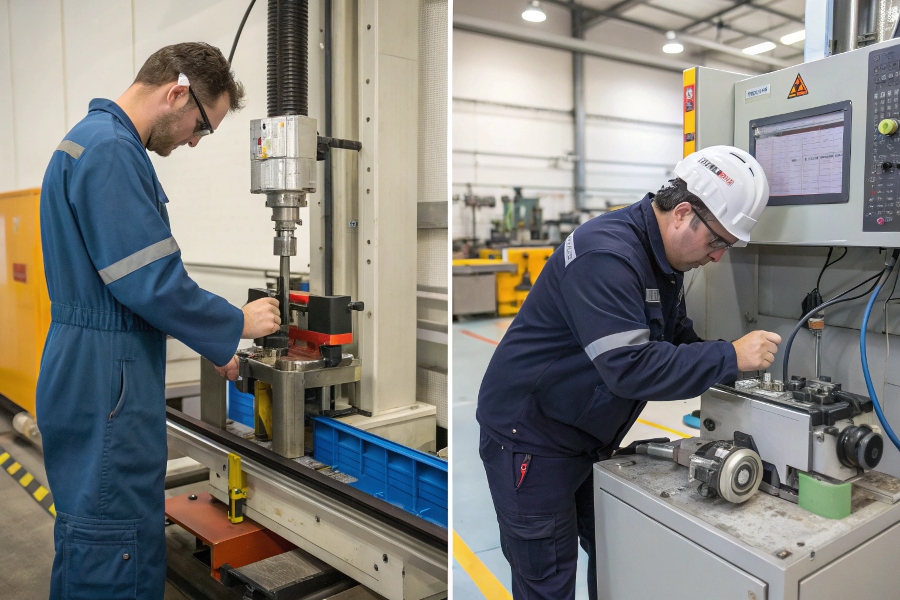
Flow Meter Calibration Methods
Understanding the options helps select the right approach:
Calibration Method Comparison
| Method | Accuracy | Typical Use Case | Advantages |
|---|---|---|---|
| In-Situ Calibration | ±0.5-1% | Critical processes | Accounts for real conditions |
| Workshop Calibration | ±0.25-0.5% | New meter verification | Controlled environment |
| Master Meter | ±0.5% | Large diameter pipes | No process interruption |
| Gravimetric | ±0.1% | Custody transfer | Highest accuracy |
| Portable Calibrator | ±1-2% | Field checks | Quick verification |
Most industrial applications use a combination of these methods.
How Accurate Is the Electromagnetic Flow Meter?
Accuracy depends on several factors.
Properly calibrated electromagnetic flow meters typically achieve ±0.5% of rate accuracy for conductive liquids under ideal conditions, with measurement errors potentially increasing to ±1-2% in challenging applications with temperature swings or poor installation.
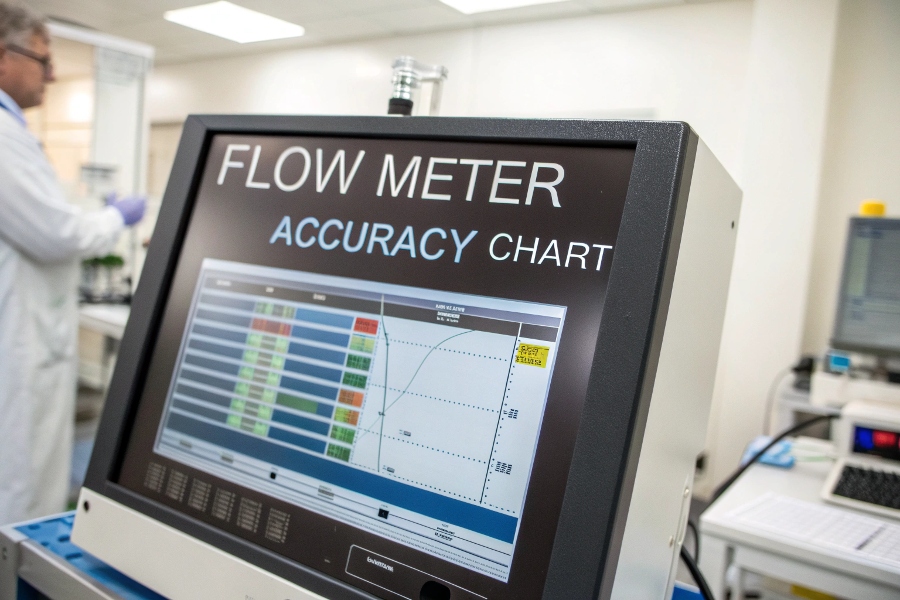
EM Flow Meter Accuracy
Key accuracy considerations:
Accuracy Influencing Factors
| Factor | Impact on Accuracy | Mitigation Strategy |
|---|---|---|
| Fluid Conductivity | High if <50 μS/cm | Select proper electrodes |
| Flow Profile | Up to ±2% error | Ensure sufficient upstream |
| Temperature Changes | ±0.5%/10°C | Use temperature compensation |
| Air Bubbles/Solids | ±1-5% error | Proper orientation install |
| Power Supply Quality | ±0.25% variation | Use regulated power |
Regular calibration1 helps maintain specified accuracy levels.
How Do I Reset My Electromagnetic Flow Meter?
Factory reset has specific purposes.
Resetting an electromagnetic flow meter typically involves accessing the service menu to restore factory settings or clear accumulated totalizers, but this doesn’t replace calibration – it only returns the meter to its last calibrated state.
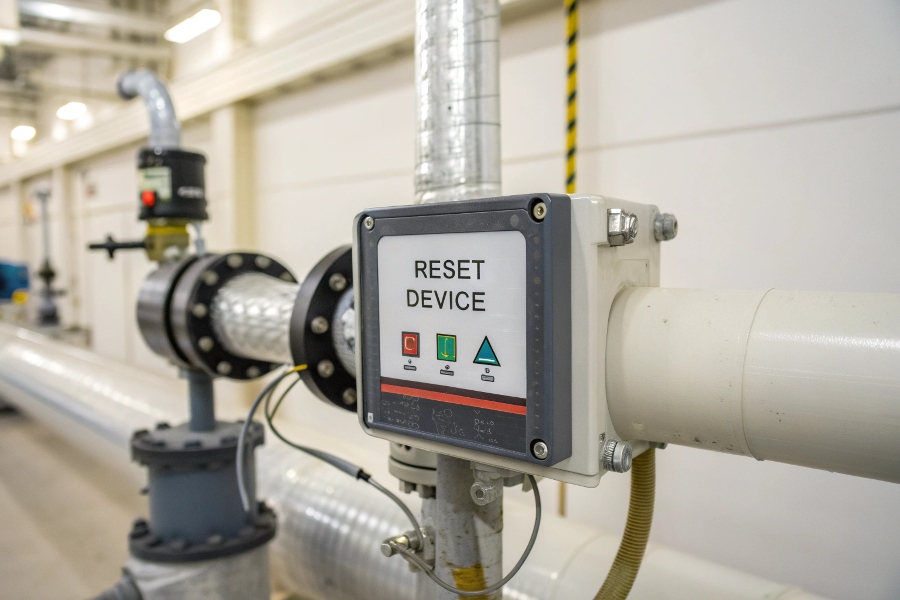
EM Flow Meter Reset
Important reset considerations:
Reset Type Comparison
| Reset Type | Purpose | Typical Frequency | Affects Calibration? |
|---|---|---|---|
| Totalizer Clear | Reset cumulative flow | Monthly/quarterly | No |
| Factory Defaults | Troubleshoot settings | Only when needed | No (but may clear) |
| Zero Adjustment | Correct empty pipe reading | After installation | Yes (minor) |
| Security Reset | Reset passwords | Personnel changes | No |
| Calibration Reset | Apply new factors | After recalibration | Yes |
Always document resets in maintenance records.
How Often Do MAG Meters Need to Be Calibrated?
Calibration frequency depends on usage.
Industrial electromagnetic flow meters typically require annual calibration for general applications, while critical custody transfer or batch processes may need quarterly verification, with additional checks after major repairs or fluid changes.
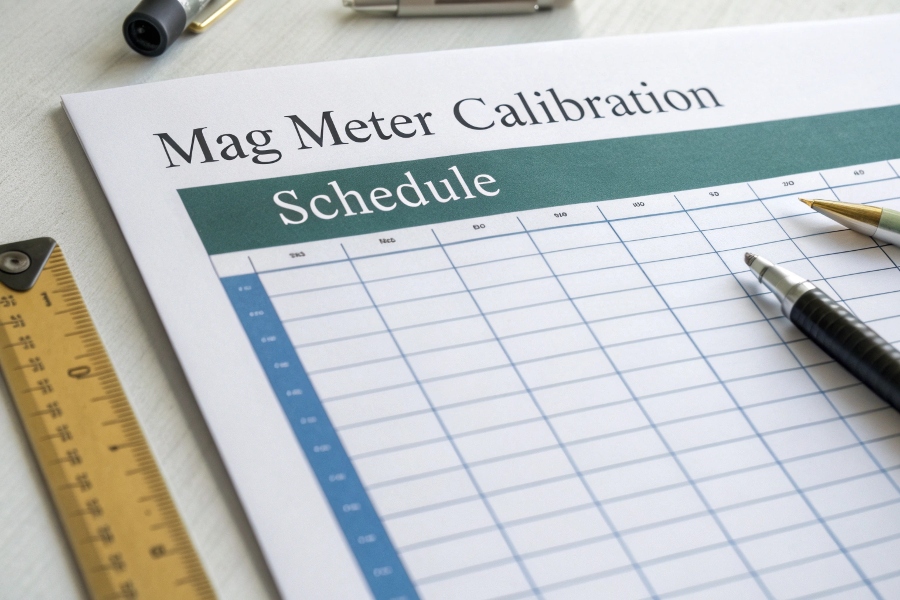
MAG Meter Calibration Schedule
These guidelines help plan maintenance:
Recommended Calibration Intervals
| Application | Standard Interval | Critical Interval | Verification Method |
|---|---|---|---|
| Custody Transfer | 6 months | 3 months | Gravimetric/Prover |
| Process Control | 12 months | 6 months | Master Meter |
| Wastewater | 24 months | 12 months | Portable Calibrator |
| Chemical Dosing | 6 months | 3 months | Volumetric Check |
| Hybrid Applications | Per OEM | After fluid change | Full Recalibration |
These intervals may adjust based on operating conditions.
Conclusion
Proper calibration ensures electromagnetic flow meters maintain their ±0.5% accuracy specification, with frequency depending on application criticality – typically annually for most industrial uses.
-
Regular calibration is essential for maintaining accuracy; this resource will explain its importance and best practices. ↩
